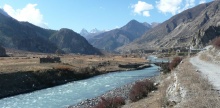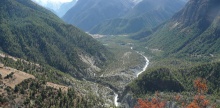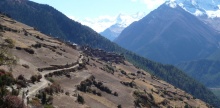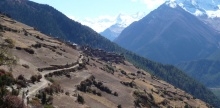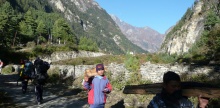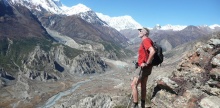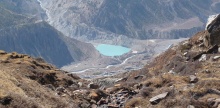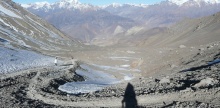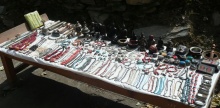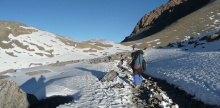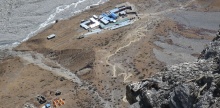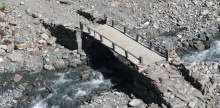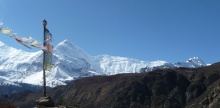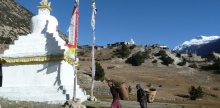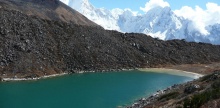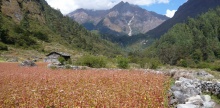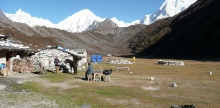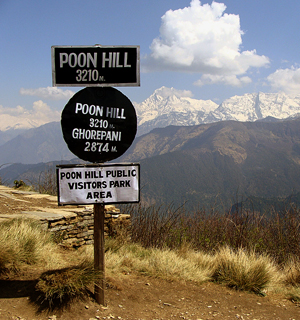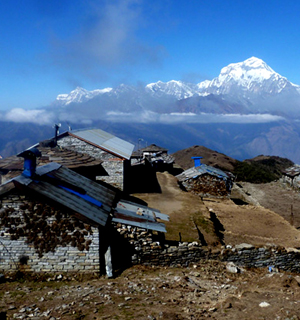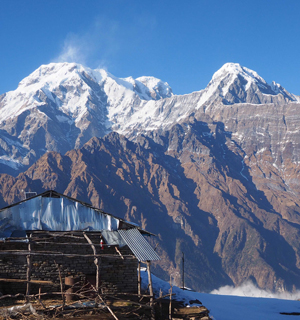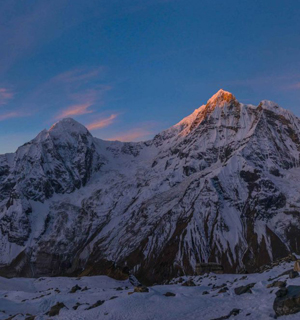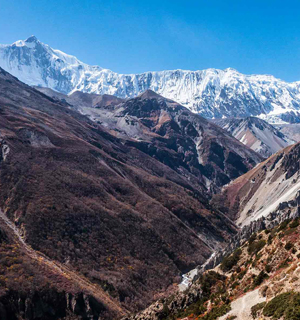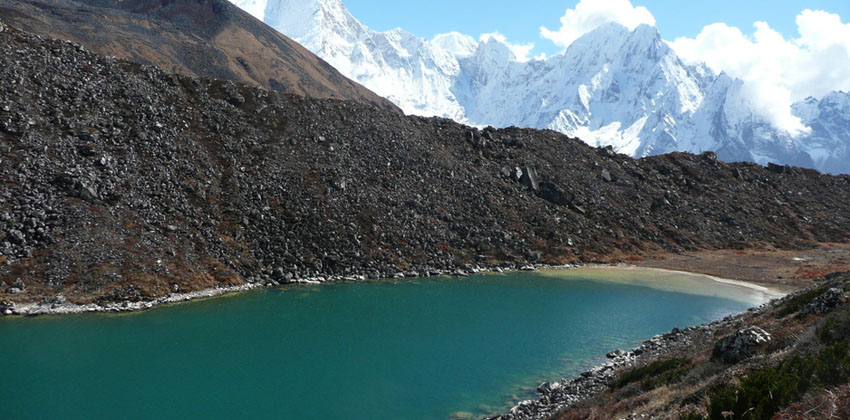
Unveiling of Annapurna Seven Passes Trek
Annapurna 7 Passes trekking facts
- Duration of Trip: 20 Days
- Type of Trek: Teahouse / Lodge stay+Camping
- Max. Altitude: 5,545m
- Grade of Trek: Fairly challenging- strenuous
- Main Attraction: Mt Manaslu,Mt Daulagiri,Mt Annapurna
- Group size :Minimum 2
- Permit : Park USD 20,TIMS NRS 2000.
The Annapurna Seven Passes trek is a 20 days long fairly challenging circuit that takes you through thick jungles, past fast flowing icy streams, across high passes that offers some of the best 360* views of the surrounding Himalaya including some of the 8000m+, and through villages that seem lost somewhere in time. The remote villages of Naar and Phu, once forbidden to outsiders today are ready to welcome trekkers. And as this is a fairly new route you will hardly meet any trekkers along the way.
Note: The itinerary given below does not include days of arrival to and departure from Kathmandu. Trekkers need to carry their own food and camping supplies for a minimum of 4 days.
Permits: ACAP and Special Permits for Naar and Phu food and camping supplies for a minimum of 4 days.
